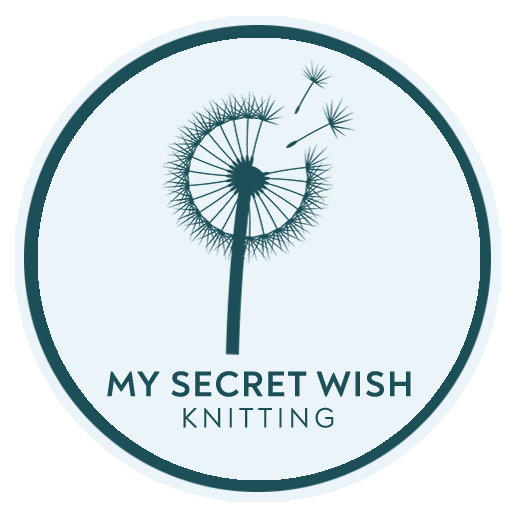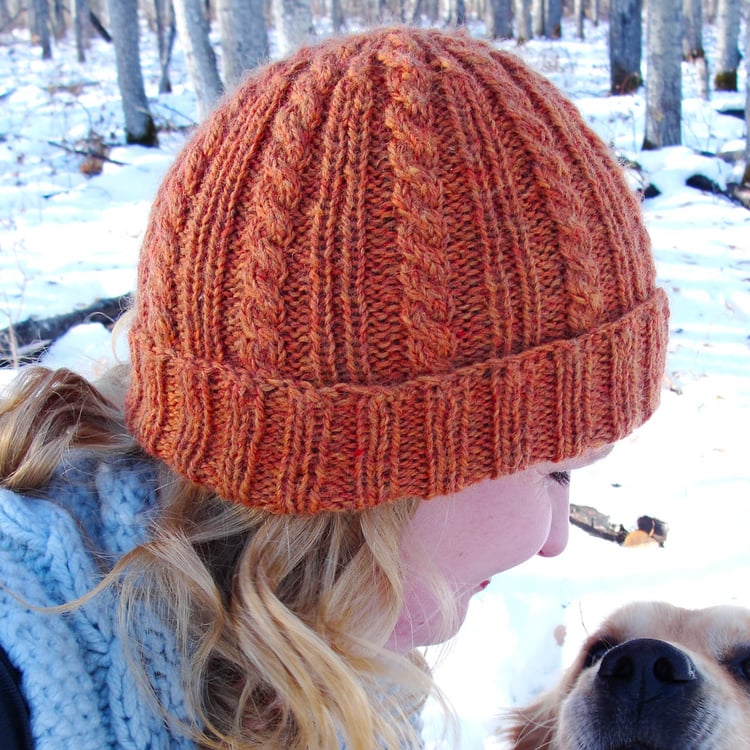At first, Kitchener Stitch can seem daunting, but it is very easy once you understand that if always follows basic principles.
- Since you are mimicking worked stitches, remember that the yarn needle must go into each stitch on your knitting needle twice, once in each direction, because there are two “legs” in each loop/stitch.
- Analyze the stitch you are about to enter: are you looking at the knit "V" or the purl "bump"? Plan your entry and exit from that stitch based on whether it is a "knit" or "purl" stitch.
- The first time through the stitch, enter it the opposite direction that you would work it for the type of stitch.
- The second time, enter it the same way you would work it for the type of stitch, then slip it off the needle.
For example, when you are grafting between two pieces of Stockinette Stitch with the wrong sides together, it seems you are looking at a front layer that is ready to be knit and a back layer that is ready to purl. The first time you go into a stitch on the top (knit) layer, enter it purlwise (opposite). The second time, enter it knitwise (same) and slip it off the knitting needle.
For the back (purl) layer, the first time you enter the stitch, enter it knitwise (opposite), and the second time enter it purlwise (same) and slip it off the knitting needle.














